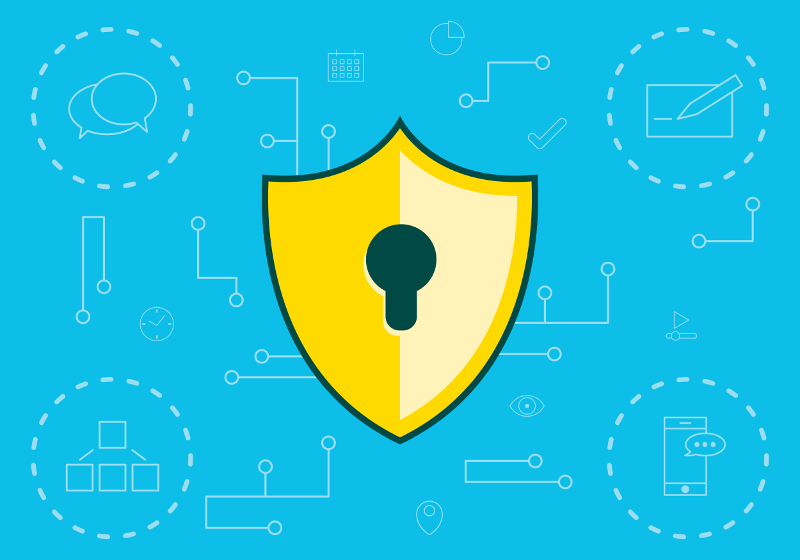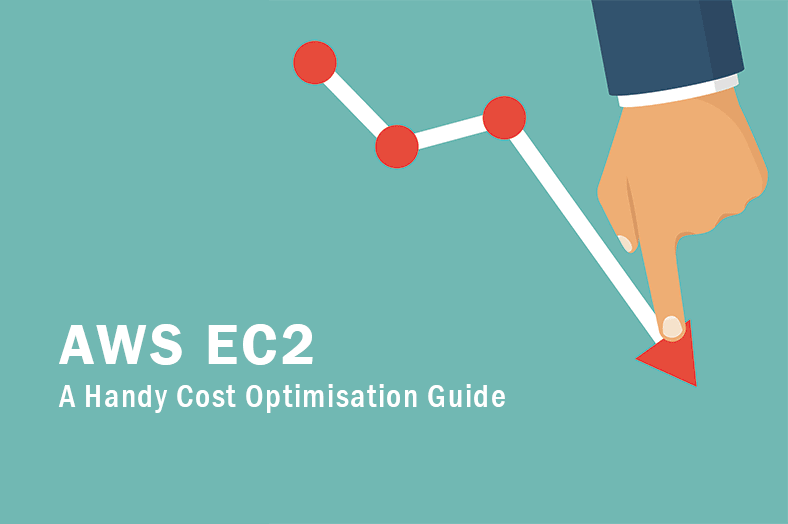November 10, 2016 / by Ben Lloyd
The Cloud really is the most secure place for your data
The latest IDG Enterprise report – 2016 Cloud Computing Survey – has turned up a number of interesting insights about how businesses are using hosted services. As well as discovering that 70% of organisations are already using some form of Cloud service, IDG researchers also revealed a trend that has dogged hosted services for years – the question of security.
Legitimate concerns
In the interests of transparency it is important to realise that Cloud services are hugely attractive to cybercriminals. Cracking the security perimeter of one service provider potentially opens the way to accessing all of their customers’ data – potentially many thousands of businesses.
The effort-to-reward ratio is in the hacker’s favour – if they can crack the provider’s security. Consequently Cloud providers are under constant attack.
Faced with this reality, many CIOs decide that keeping data on site is the smart move. They can “see” their security provisions, and manage them accordingly, giving the impression of greater control.
Everyone is at risk of cybercrime
Just because cybercriminals stand to gain more from successfully breaching a Cloud provider doesn’t mean they automatically give up attacking smaller businesses. In fact, the early stages of many hacking attempts are automated – their systems are programmed to probe a range of businesses for weaknesses that can be exploited at a later date.
Government-sponsored research found that 74% of UK SMEs have experienced some form of cybersecurity breach, making this a genuine threat to every business. Keeping the bad guys out of your network is a full-time job.
Giving up control is a smart choice
Outsourcing data security to a Cloud provider like Amazon Web Services (AWS) is actually a smart choice. They have a team of dedicated security analysts who manage the devices and protocols protecting client data.
Amazon also have the luxury of being able to afford cutting-edge security systems – and to constantly refresh and update as technology evolves. Very few firms have the financial resources available to adopt a similar approach. In fact, the additional capital expenditure and resourcing is virtually impossible to justify when those same provisions are included as standard with a Cloud service.
The CTO has a choice – go it alone and try and stay ahead of the criminals, or rely on the services of a dedicated team of specialists with a more powerful array of security measures. At this point the choice is black and white – the Cloud is safer, even if the rate of attack is much higher.
Still not convinced?
The cost of failing to keep hackers out is significant. The Government study quoted above also found that the average cost of the most serious cyberattack experienced by SMEs cost between £75,000 and £310,800.
And that’s before you start to consider the effect a successful hacking has on your brand reputation and earning potential. That kind of damage can take years to recover from.
A change of mind set
Cloud adoption – like any new development in business – requires an element of trust. Fortunately, AWS has an exceptional record for cybersecurity, making it a great choice for any business looking to adopt Cloud services, or to increase the security of their data.
When it comes to security, avoiding the Cloud to maintain total control could be one of the most costly mistakes your business ever makes.
Ready to change your mind? Please get in touch.




